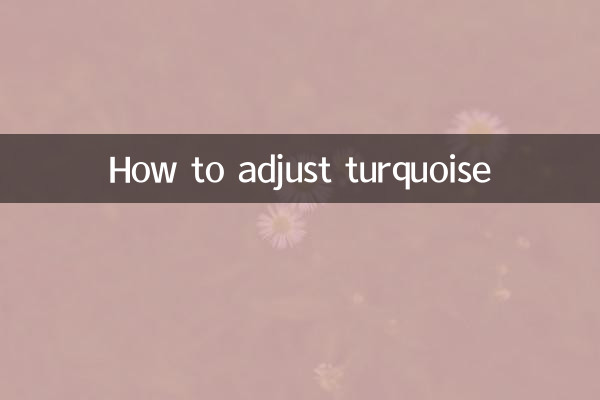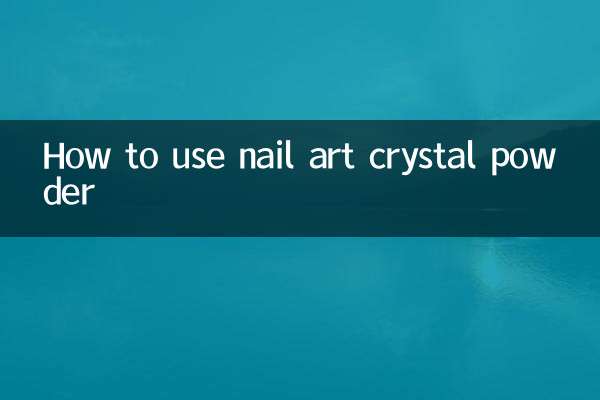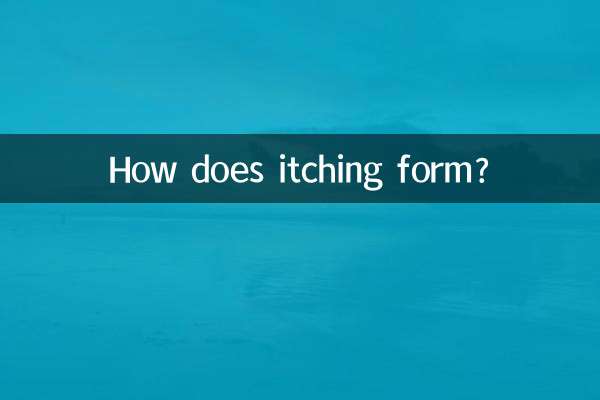How to adjust turquoise
In design and artistic creation, turquoise is a fresh and natural color, often used to express a sense of vitality, environmental protection or technology. This article will introduce you to the mixing method of turquoise in detail, and attach the hot topics and hot content on the Internet in the past 10 days to help you better understand the application scenarios of color.
1. How to prepare green color

Turquoise is a color between cyan and green and can be blended in the following ways:
| Deployment method | Proportion | Remark |
|---|---|---|
| RGB mode | R:0-50, G:150-200, B:100-150 | Suitable for digital design |
| CMYK mode | C:60-80%, M:0-20%, Y:40-60%, K:0-10% | Suitable for print design |
| Pigment mixing | Cyan pigment + yellow pigment (ratio 3:1) | Suitable for traditional painting |
2. Green application scenarios
Turquoise is widely used in the following fields:
1.graphic design: Commonly used in posters or logos with environmental protection and health themes.
2.interior design: Use as wall or decorative color to create a fresh and natural atmosphere.
3.clothing design: One of the popular colors in spring and summer, giving people a refreshing feeling.
3. Hot topics and content on the entire network in the past 10 days
The following are recent hot topics, some of which may be related to color applications:
| Ranking | topic | heat index | Related fields |
|---|---|---|---|
| 1 | AI painting skills | 9.8 | Arts/Technology |
| 2 | 2024 popular color predictions | 9.5 | Design/Fashion |
| 3 | Environmental protection theme design competition | 9.2 | Design/environmental protection |
| 4 | Metaverse virtual space design | 8.9 | Technology/Design |
| 5 | Research on traditional Chinese colors | 8.7 | Culture/Art |
4. Precautions for blending turquoise
1.Ambient light effects: Under different light conditions, the turquoise rendering effect will be different. It is recommended to test in actual application environment.
2.color psychology: Turquoise symbolizes nature and peace, but it may also give people a sense of indifference, so the saturation needs to be adjusted according to the target audience.
3.Color matching: Turquoise works best with neutral colors such as white, gray, and brown. Avoid direct matching with highly saturated red.
5. Advanced techniques: turquoise gradient effect
To create a turquoise gradient effect, you can refer to the following parameters:
| gradient type | starting color value | End color value | Application suggestions |
|---|---|---|---|
| light green to dark green | RGB(100,200,150) | RGB(0,150,100) | background design |
| green to transparent | RGB(50,180,120) | Transparency 100% | UI elements |
| green to blue-green | RGB(0,180,120) | RGB(0,120,180) | poster design |
Through the above methods and data, you can easily blend the ideal teal color and apply it to various design scenarios. Remember to adjust the color parameters according to your specific needs to achieve the best visual effect.

check the details

check the details